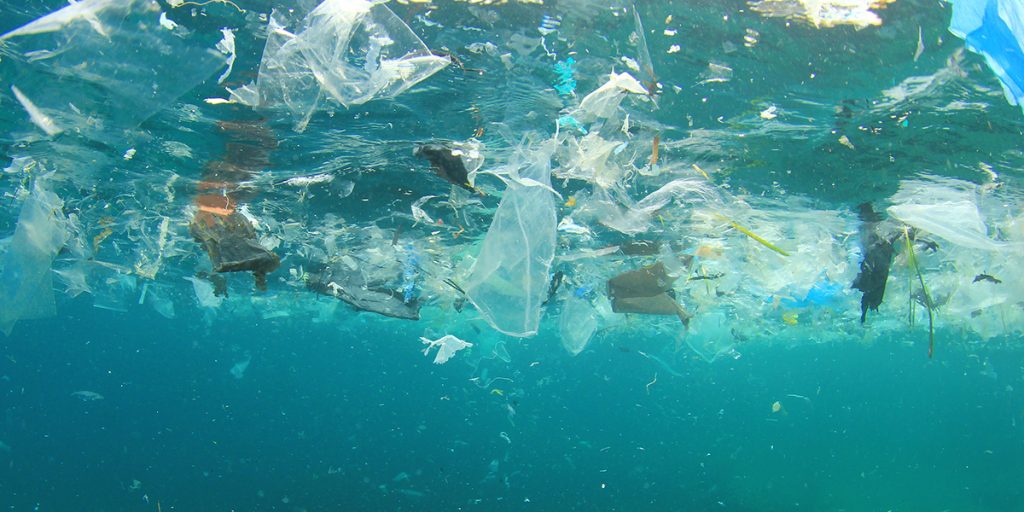A second life for plastic? Drive on it
If we want to get ahead of climate change we must make changes to many of our daily activities. Driving electric vehicles instead of fossil fuel-powered vehicles, for example, is a good way to reduce our greenhouse gas emissions. But, to go further, we must rethink many of the elements that are part of modern life, in a multidisciplinary way.
In a context like this, the use of plastic in road construction could be a good example of how to reinvent our environment to make better use of resources.
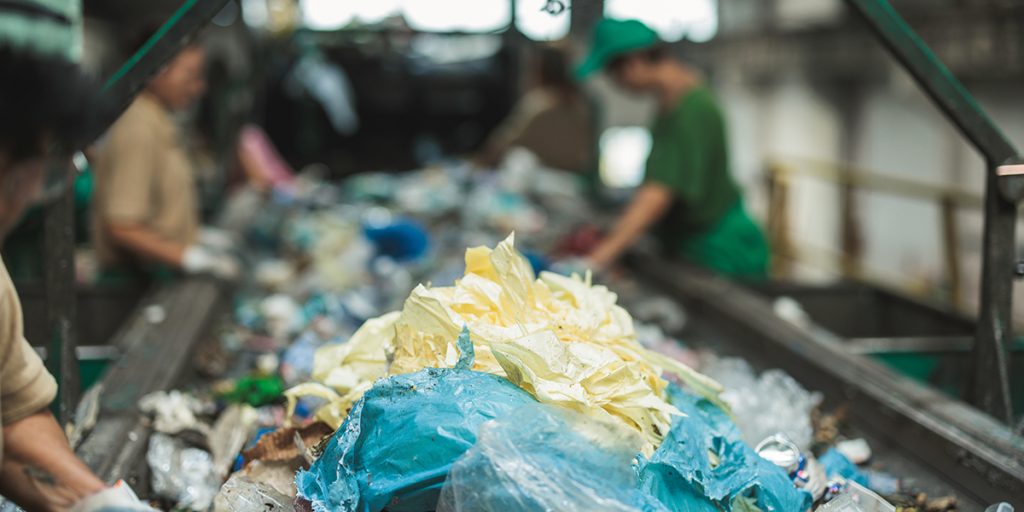
Our addiction to plastic
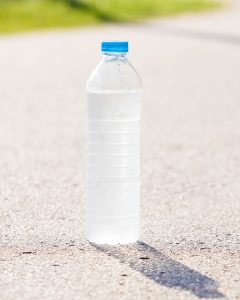
Human beings have a serious plastic addiction problem. According to the UN Environment Program, every minute we dump a volume of plastic equivalent to the load of a full garbage truck into the oceans. At the same time, of the 9.2 billion tons of plastic produced from 1950 to 2017, 7,000 (76%) were discarded and ended up in landfills or in the environment. This is pollution on a huge scale.
In the oceans, the presence of plastics causes a significant disruption in underwater ecosystems. They can leach toxic chemicals into the water, polluting it and affecting not only all the organisms that live in it, but also those that use it in some way. Like us, for example. At the same time, larger plastic items (bags, plastic bottles, containers…) pose serious dangers to the lives of many marine species.
Plastic under tires
Road construction offers an optimal opportunity for the reuse of plastics. Developed over the last two decades, this method of using plastic offers clear benefits. To begin with, by using recycled plastic, the environmental footprint of its use is reduced. Furthermore, as they are materials that have already been produced, plastic production needs are also reduced.
But the use of plastic also offers advantages for roads. Since the various types of this material have different behaviors and properties, the mixture used can be adapted to the conditions required by the road. Thus, there will be mixtures that are more suitable for a road with high exposure to water, others that will be better in places with significant temperature fluctuations, and others that will withstand wear and tear better.
Mixing plastic with asphalt offers another added advantage. The production of asphalt requires the use of oil. In this context, an approach that requires less asphalt will reduce the need for oil. Thus, the use of recycled materials will also result in saving resources such as oil, which are extremely scarce.
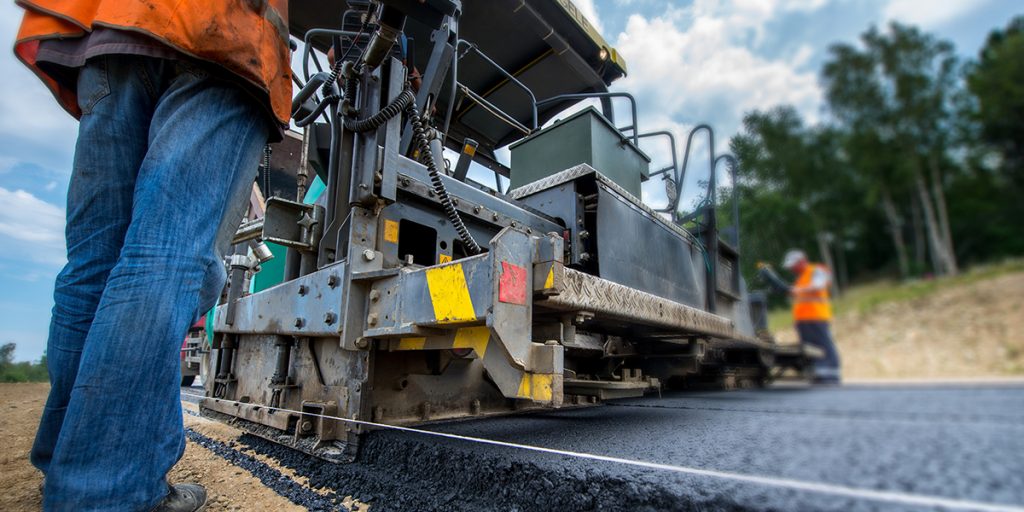
Plastic roads in the world
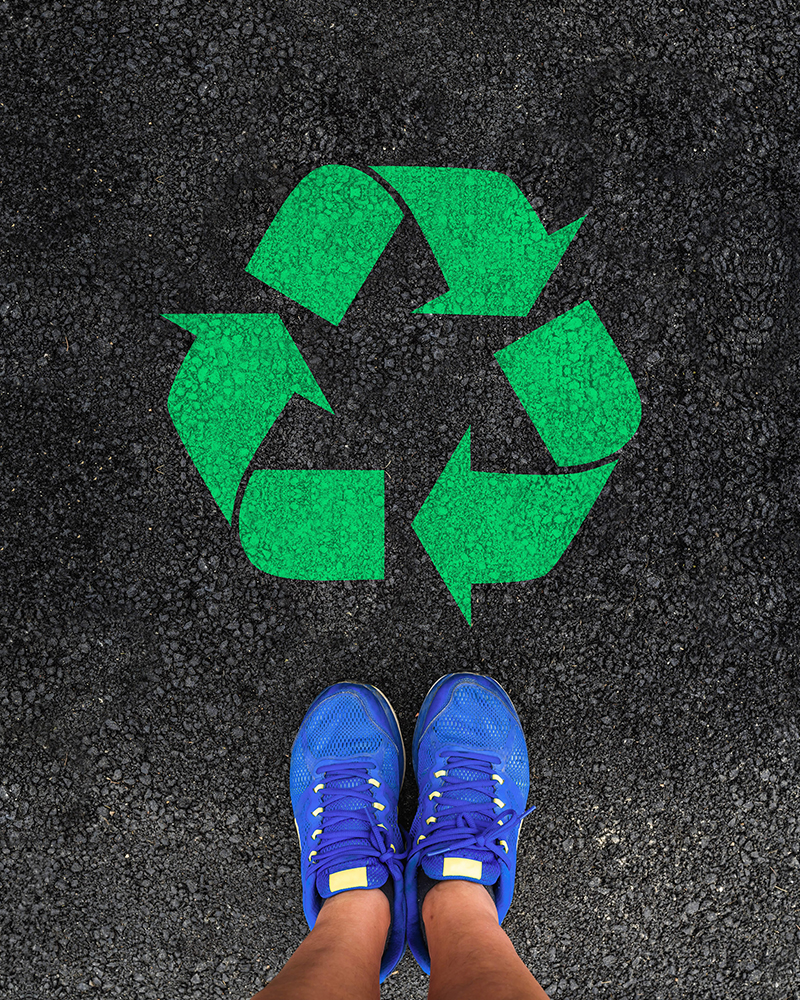
Last year, New York City debuted several stretches of road whose tarmac was partly made from plastic. Located in Staten Island, they were part of a project by the British company MacRebur, in collaboration with the New York Department of Transportation.
The asphalt mixture used on Staten Island contained plastics that were almost impossible to recycle. In some cases, the polymer content was as much as 12% of the final product. According to Roddy McEwen, a MacRebur representative, in Forbes, plastics have been shown to “improve the crack resistance of asphalt.”
Researchers at the Mizzou Asphalt and Pavement Laboratory at the University of Missouri are working on a similar project. This year, in collaboration with the Missouri Department of Transportation, they launched a pilot program using discarded tires and plastic waste on a highway. These waste products, mixed with the asphalt, could serve to increase the useful life of the tarmac Thus, maintenance needs would be reduced, and also the use of new resources.
Australia is also considering giving the green light to a series of similar projects. In Victoria, RMIT University plans to build up to ten roads that use polymers in their composition. The city of Melbourne will be among the first Australian cities to use more than 21 tons of plastic to build up to 900 kilometers of roads.
But the use of plastic on roads does not have to be limited to mixing it with asphalt. In the city of Zwolle, in the Netherlands, a bicycle lane built entirely with recycled plastic was inaugurated in 2018. Thanks to its composition, which used the equivalent of more than 218,000 plastic cups, this bike lane could end up being thirty times more durable than an asphalt one.
